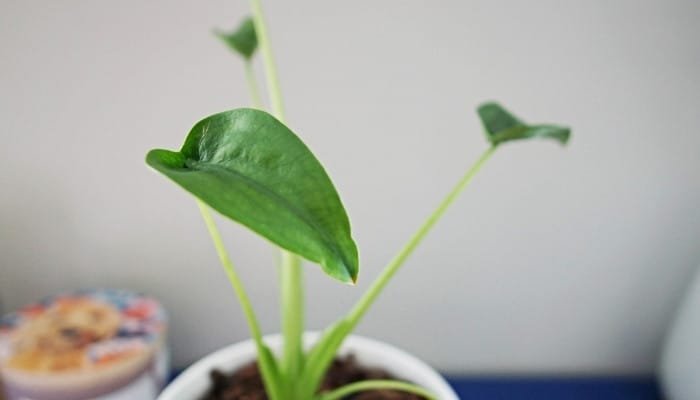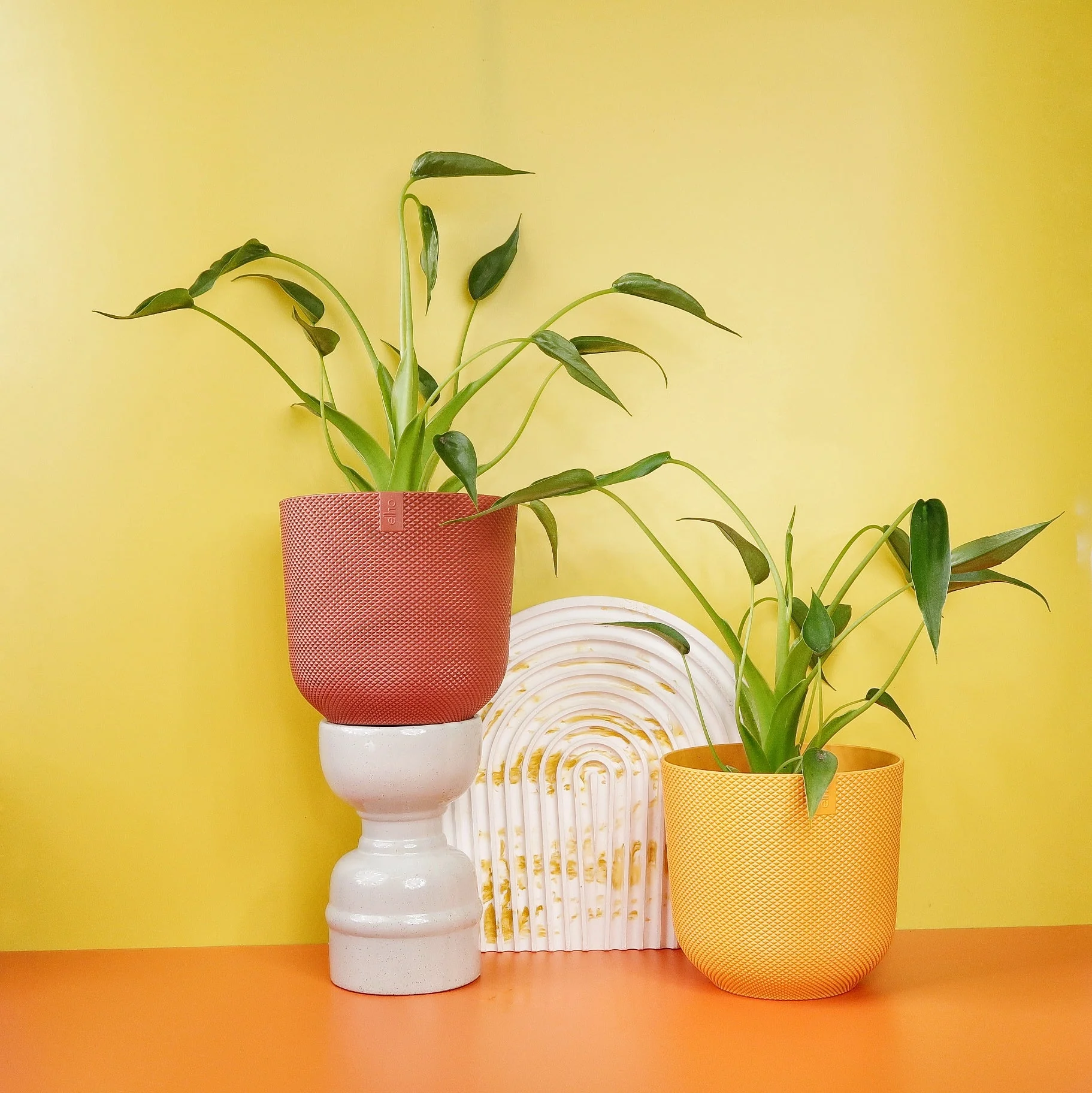Do you fancy a touch of magic in your indoor garden, and are you a flower enthusiast? One could not think about anything other than Alocasia Tiny Dancer. This new hybrid is often described as a Dr. Seuss plant because it has distinctive features that make it look like some flower from his imaginary world. Unlike other plants, this unique hybrid has distinguishing features that make it very adorable even in small spaces, making it popular among people taking care of house plants, whether they have just started or have been doing so for a long time. In this article, we delve into all the aspects of this extraordinary plant, giving its complete guide on how to care for it and a few things pet owners need to consider.
Table of Contents

1. The Enchantment Begins: A Brief Introduction
Alocasia Tiny Dancer is one of the latest darlings among the many species in the genus Alocasia, and it has an uncommon appearance. It was once named the ‘most unusual aroid,’ but now look at this little firecracker among botanical oddities! With leaves that seem to pirouette on delicate stems, the tiny dancer’s charm lies in its ability to enchant and add a dash of playfulness to any interior landscape. It’s like pure visual joy from a whimsical children’s book.
2. Unique By Nature: Distinct Traits
What makes Alocasia’s tiny dancer stand out amongst fellow plants? The first thing distinguishing these kinds is curvaceous stems that bear heart-shaped cup-like leaves with pointed tips that look dramatic, attracting eyes from any corner possible. It’s also characterized by its size, which grows up to only 14-20 inches at full maturity, thus making it unique over time. Often compared with jade or emerald stones, the leaves exhibit an intricate veiny pattern emphasizing its exotic nature even more. These features combined make the tiny dancer a standout specimen that can transform any space into a conversation starter.
3. The Harmony of Care: Nurturing Your Tiny Dancer
Alocasia Tiny Dancer requires particular conditions and care for this plant to look alive and vibrant continuously.
Lighting: The Art of Brightening
Your little performer thrives under light–not sunlight, though. Most Alocasias grow best in bright, indirect light; the tiny dancer is no exception. Therefore, it would be ideal to position it near a window with sheer curtains to cut off intense sun rays.
Soil: Based on Nutrients
Your plant needs good soil that drains well and is rich in nutrients—period! For example, you could use potting soil mixed with coco coir, orchid bark, and perlite. The ground should be fertile but loose enough for adequate root aeration.
Watering: The Moist Dance Routine
Being tropical, it loves water but needs balance, too, so remember to water your tiny dancer when the top inch of soil feels dry to the touch. To prevent rotting, do not let the soils become excessively damp; plus, always use pots with drainage holes as you allow slight drying between waterings so that old leaves naturally drop off from your plant.
Temperature and Humidity: Creating a Balmy Haven
Alocasia Tiny Dancer thrives in warmth, preferring temperatures between 65 to 75 degrees Fahrenheit. It also enjoys a humid environment. You can mist regularly or put around humidity sources like pebble trays and humidifiers for an excellent microclimate.
Fertilizer: A Seasonal Tune-up
During the spring and summer growing seasons, feed your tiny dancer half-strength balanced liquid fertilizer every two or three weeks, while during colder months, avoid applying any fertilizers at all.
4. The Fine Print: Toxicity and Safety Precautions
Attention pet owners – Alocasia Tiny Dancer is poisonous to cats and dogs. Keep this in mind when deciding where to place it in your house. For safety reasons, you must consider putting it on top shelves or in areas that are unapproachable by pets.

5. Parting Plant Wisdom
Alocasia Tiny Dancer is a plant that loves taking the limelight. To be brief about it, this indoor plant is exceptional because of its uniqueness and beauty, which can add classiness and joyfulness to any home environment; if given proper care, though, it will remain with you as a loyal companion full of life and color throughout the year; thus, if you believe that you will manage taking care of this little performer – do not hesitate! In return for your labor, there will be an attention grabber and something symbolic of foreignness in your living space.
5 Magical Reasons to Welcome an Alocasia Tiny Dancer into Your Home
Are you attracted to the fascinating world of indoor plants and searching for a unique addition to your indoor garden? Well, look no further than the whimsical Alocasia Tiny Dancer. This enchanting plant captures one’s imagination with its unique playful looks that remind one of Dr Seuss’s book. Therefore, here are reasons why this houseplant ought to be a star at home:
1. Mesmerizing Visual Appeal
The spiral stems, and cup-like heart-shaped leaves of the Alocasia Tiny Dancer make it stand out from other plants as if dancing in the air. Its vibrant green coloration, along with intricate veiny patterns, not only adds color but also an artistic feel to the room.
2. Fit for Small Spaces
Even if you don’t have a small space in your home, that’s okay. These mature plants are only 14-20 inches tall, making them perfect for confined locations. Thus, they bring nature into minimal spaces without taking over, making them perfect for apartments, dorms, or tight corners needing life to return.
3. Looking After It
Although Alocasia Tiny Dancer may seem like a tropical gem, one does not have to go tropicalized in terms of maintenance. All it needs is bright indirect light and well-draining soil; medium moisture, which does not mean wetness; and occasional misting since it thrives best under high humidity, similar to what exists in its habitat—the jungle.
4. Symbolic Significance Concerning Safety and Toxicity Awareness
Certainly, cat owners or dog owners, if any are reading this article right now, should note that Alocasia Tiny Dancer can be poisonous to cats and dogs, respectively. Their ability to be placed on top shelves where they are out of reach adds more beauty, a reminder to be cautious of mixing up one’s lovely plants with pets.
5. Improves Your Well-Being
In addition to its beauty, Tiny Dancer can help advance your well-being in your indoor garden. It acts as a natural air purifier, raises humidity, and even helps boost concentration levels. The accomplishment and happiness from witnessing it flourish under our care remind us of the joy we find in nature.
Wrapping Up
The Alocasia Tiny Dancer is more than just a plant; it’s a statement piece that brings a dash of magic and a burst of joy into your home. Its easy care and captivating appearance make it an excellent companion for plant enthusiasts at any stage. Whether you are an experienced green thumb or just starting your gardening journey, this Tiny Dancer will give you an exciting opportunity to see how things grow.
Ready to take your indoor garden to new heights? Add the enchanting Alocasia Tiny Dancer to your collection and watch your space morph into a vibrant, magical jungle. And remember, sometimes, with houseplants, the tiniest dancers pack the biggest punch!

